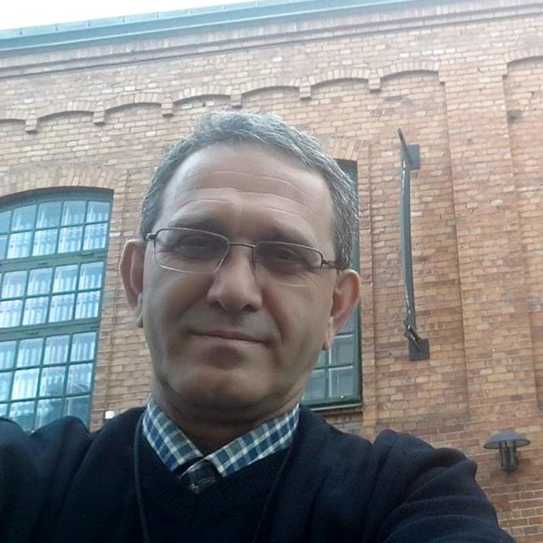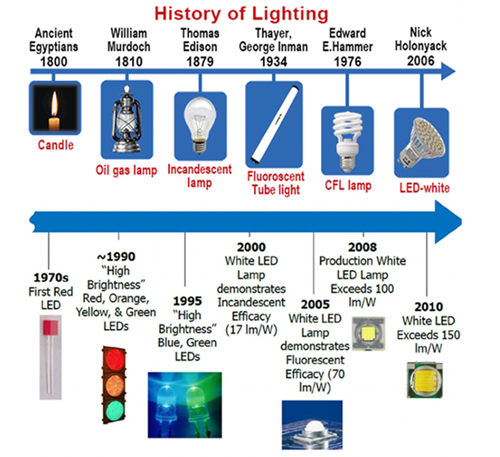
Sabri Günaydın / Electrical Engineer&Consultant
Light is knowledge, safety, comfort, health. Light is gain, light is color; in short, light is life itself.
Mr. Günaydın, could you introduce yourself first of all? How did your career start?
I was born in Edirne in 1957. I graduated from Ankara D.M.M.A. (Gazi University), Faculty of Engineering, Department of Electric in 1979 and started my career as Deputy Chief of Electrical Division at İstanbul Çorap Sanayii. Next, I worked as the Chief of Electrical Works in the construction of buildings such as Trakya University, Trakya University Medical School Hospital, Çırağan Palace, Zincirlikuyu Tatlıcı Business Center, Polat Rönesans Hotel, Dolmabahçe Süzer Building, Esbank/SYKB Headquarters, Show TV Headquarters, Egebank Headquarters.
Next, I have worked for HB Teknik Elektrik Mühendisliği Proje ve Danışmanlık in counseling and inspection services, training, technical specifications, examination and technical evaluation of new products, devices and systems, etc. for 18 years. As of October 2018, I am working as a freelance advisor engineer.
I am a member of TMMOB Chamber of Electrical Engineers and the Institution of Electrical Engineers (IEE-IET/ United Kingdom), a founding member of Electrical Wiring Engineers’ Association (ETMD), and an honorary member of Turkish Foundation of Fire Protection and Training (TÜYAK) and Association of Turkish Wiring Engineers (TTMD). I am also the founder of “Electrical Wiring Portal”. I aim with this portal that I founded about 2.5 years ago to inform the sector technically.
“Lighting” is one of my primary areas of interest since the first days of my professional life.
What is the importance of light in our lives for you?
Light is actually everything. Light is knowledge, safety, comfort, health. Light is gain, light is color; in short, light is life itself. It enlightens our path.
Could you compare the past and present of lighting?

LED module light efficiency: 254 lm/w April 2012 (laboratory conditions) Theoretically, 320 lm/W at most at the moment
What should be considered in the design of lighting?
This matter is very important.
First of all, lighting should be designed by designers specialized and trained in lighting design.
Purpose of lighting designs should be enhance the performance of lighting systems and reduce consumption of lighting energy and effects of lighting system components on environment by taking the visual comfort into consideration. Design needs to benefit from natural light as much as possible. Functionality and efficiency should be considered when choosing luminaires, and products with related standards should be preferred.
Eye health should be taken into account as well as visual comfort.
Design should also regard maintenance as one of the most important factors in the design of lighting systems. Eco-friendly products should be preferred for reduction of wastes and prevention of environmental pollution. Light pollution should be watched out. For less energy consumption, lighting control system should be chosen optimally and lighting scenarios should be prepared. Designs need to be made in accordance with design standards.
Architects specialized in the lighting of urban elements of artistic architectural value need to take up active role in interior lighting design.
In structures such as tunnels and airfields which require more technic, technical experts need to work. Actually, in lighting design; employer should work in coordination with architect, interior architect, landscape architect, decorator, lighting designer and electrical engineer; we cannot separate them from each other.
Do you think standards related to lighting and lighting design are sufficient and standards are met in Turkey?
All standards are being published by the Turkish Standards Institute (TSI) in parallel with the European standards.
Design Standards:
EN12464-1, EN 12464-2,EN 12193, EN 13201, EN 1838
Product Standards:
EN 60598 Series standards
Measurement Standards:
EN 13032 Series standards,
Light and lighting - Measurement and presentation of photometric data of lamps and luminaires
Performance Standards:
EN 13201 Series standards
EN 15193-1:2017
Energy Performance of Buildings-Energy requirements for lighting-Specifications
CEN/TR EN 15193-2:2017
Electrical safety standards
Electromagnetic compatibility standards
Photobiological safety standards
Performance standards
Electrical wiring standards
There are 502 standards in total concerning lamp, socket, aquarium, buried luminaires, etc. as of September 2017. Studies continue for 81 standards. The sector has been using these standards for years. We used to have problems with design standards but not anymore. Performance standards are important in this sense, certainly.
What should be in the forefront in lighting? Esthetics or functionality?
Both need to be considered when designing. Of course, functionality will be in the forefront; can we say esthetics should be featured when it comes to safety lighting and emergency lighting? We say functionality in road lighting just as functionality is important in tunnel lighting.
In a store, purpose is to sell products, therefore one needs to present right product in right colors. A bag which you buy because it is brown should not appear to be in another color. I mean, color feedback in store lighting is one of the most important matters. That is why functionality is in the forefront in store lighting.
Functionality is featured in several fields such as hospital lighting, theater stage lighting, museum lighting, TV studio lighting, sports lighting, track lighting, automotive painting division, etc.
But incorporation of esthetics is a must. As for the things to be considered when designing, we should be working altogether. The architect will shape it, of course.
Visual comfort is shaped by the interior architecture and the employer.
One of the most important matters is energy performance; therefore, functionality, energy performance, technical qualities/technical specifications of products, electrical wiring of lighting system are our jobs.
Visual comfort, functionality, energy performance should be evaluated altogether in lighting design.
What do you make of the LED technology?
Studies in development of lamp and fixtures have reached an extremely dynamic point which pay regards to improving technologies, new optical systems, new materials, optimum price conditions and increasing number of environmental protection conditions and energy efficiency.
I remember very well that there was a stand made of small lenses like a jewelry store in a fair in Frankfurt 6 years ago. The man was engaged only in that job. It is different now; we can make the desired design in different lenses. We can design and produce all kinds of lenses thanks to software. We have sufficient technical materials.
There are so many subjects and titles underlying this such as smart lighting, smart cities, connected lightings, definitive lighting systems, human-centered lighting systems. As for retail lighting, you can find products at supermarkets; you can find a product via the camera of smart phones with a supermarket application. You know the Li-Fi applications. You are walking by your favorite shelves and promotional information comes to you. Even if you are not planning to buy anything, you can buy many things due to discount.
When you install the application, it can direct you through lighting to wherever you want to go. Smart lighting can offer promotion. These smart systems have been recently introduced in Turkey, but I cannot say it received the attention it deserves. If these systems start to be used, they will become rapidly widespread and be used more. Think about it; you can watch at which shelf customers are in the store and you can send discounts and promotions to that particular shelf.
As for healthcare sector… Tracking is possible via embedded fixtures in equipment on EKG and ultrasonography devices, so you can avoid waste of time. As where the device is depends on lighting, possible problems are sent to patients as messages other than ambulance services and real-time intensity of patients. Authorized personnel can be informed when the elderly fall down or remain immobile at nursing homes. I was the construction site chief at a 1000 bedded hospital, finding direction was an important problem.
There were special efforts for direction at the hospital. Today, it may be possible to find direction by communicating via lighting fixtures which can track position at modern hospitals.. Certain expensive hospital materials can be stolen, but via smart labels message can be send from the lighting fixture when products are moved. This is something related to advanced technology.
Regarding the offices... Now, saving is achieved via smart lighting by detecting which parts of building are used more or less. It was not anticipated that lighting would come to such a point, but all these can be applied with the development of LED technology today.
Is there anything else you want to mention about lighting designs and applications?
- Preparation of design and technical specification in accordance with up-to-date standards,
- Specifications technical conformity control of pre-tender proposal stage,
- If lighting fixtures are within the scope of contractor, material approval in accordance with design, specifications, exploration and consequent purchasing,
- If lighting fixtures are to be purchased by employer, material approval in accordance with design, specifications, exploration and consequent purchasing,
- Control of lighting fixtures and system and conformity of electrical wiring,
- Test/confirmation and commissioning,
- Constantly updated LED, LED lighting fixture standards include basic requirements primarily regarding safety of life and property and efficiency. Design, technical specifications, choice of lighting fixture, test-commissioning, operation and maintenance should be performed in accordance with current standards.
Albert Einstein once said, “Darkness does not exist, darkness is in reality the absence of light”. All the best to our lighting sector which I am glad to be in.